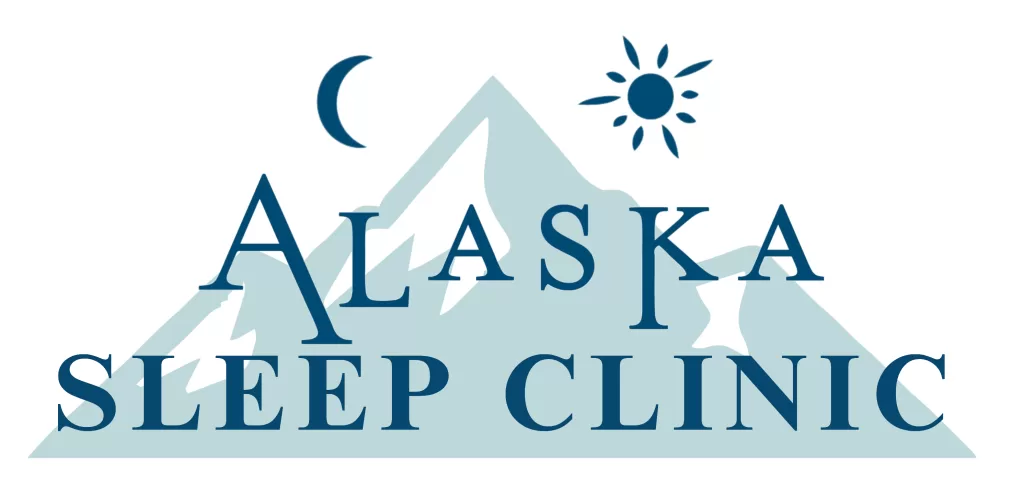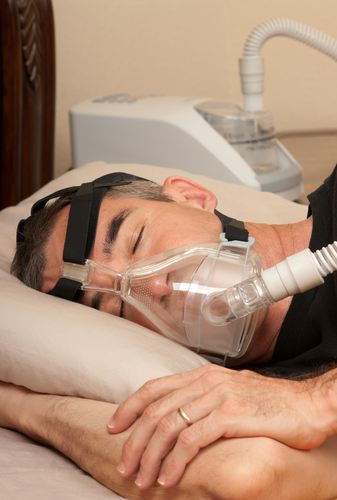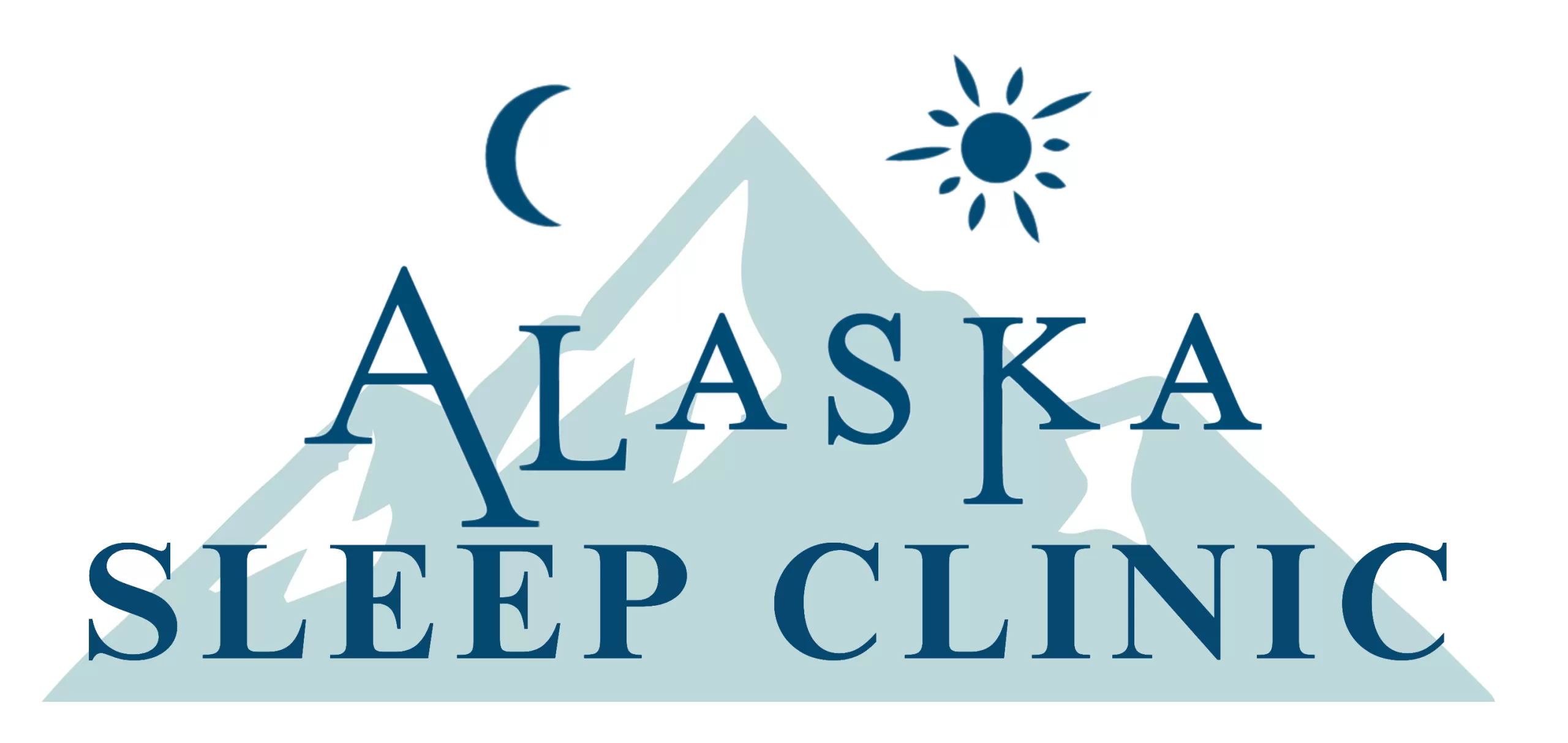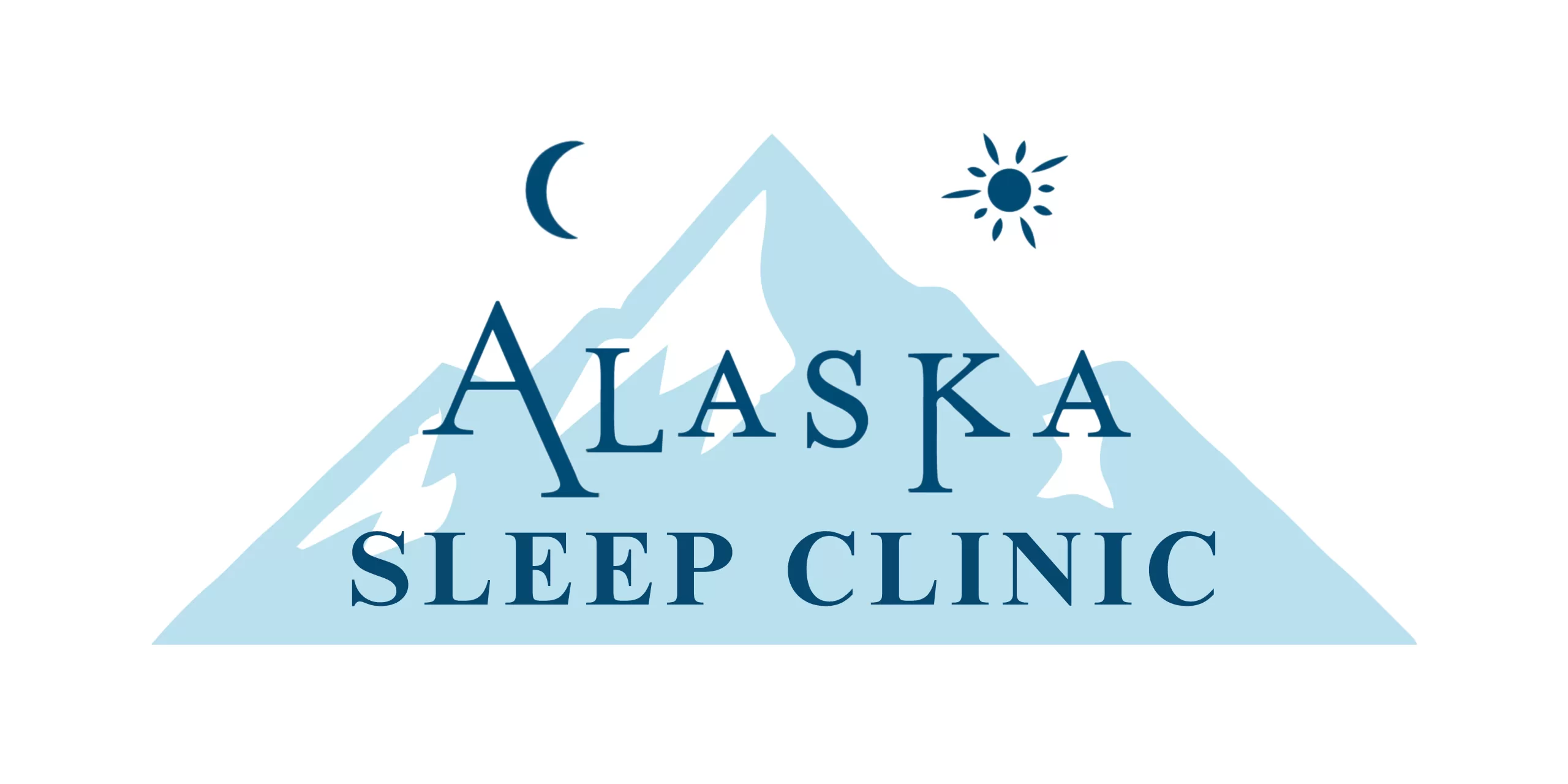A surprisingly large portion of Americans suffers from some sort of sleep-related disorder. According to the Cleveland Clinic, roughly 70 million Americans are sufferers. That adds up to about 21% of the entire population. Considering that the average person spends one-third of their life sleeping (or attempting to do so), better understanding what exactly is causing a problem can be very important. One of the first steps in diagnosing a sleep disorder is undergoing a sleep study – also known as somnology. This is a type of medical test that will let a sleep doctor – a somnologist – get a good look at what is disturbing your sleep.
Who Needs a Sleep Study?
There are a few routes that your physician may utilize to prescribe a sleep study. In all likelihood, they will recommend you to a somnologist – a “sleep doctor.” This is a specific kind of physician who can diagnose and treat many different kinds of disorders that are either caused by or related to sleep. There are many different types of sleep disorders that a somnologist will prescribe polysomnography for.
- Sleep apnea or sleep-related breathing problems: A person with sleep apnea may wake up hundreds of times over the course of one night’s sleep. On average, a sufferer will wake 5-30 times per hour. This can be extremely detrimental to sleep quality.
- Unusual Sleep Behaviors: Sleepwalking is a prime example of this. Individuals who sleep with a partner or who have roommates may be aware of habits such as sleepwalking, but those living alone may not know. A sleep study can reveal these behaviors.
- REM sleep behavior disorder: According to the Mayo Clinic, this disorder causes individuals to “physically act out vivid, often unpleasant dreams with vocal sounds and sudden, often violent arm and leg movements during REM sleep.” Again, this is difficult to detect for those who live alone.
- Periodic limb movement disorder: This condition is exactly what it sounds like, sleep that is interrupted by “repetitive movements, most typically in the lower limbs, that occur about every 20-40 seconds.”
Preparing For Polysomnography
After your physician or somnologist prescribes a sleep study, you will be matched with a facility that has the capacity to offer this service. Many hospitals and outpatient clinics have somnology labs, but depending on where you live, travel may be required to receive this treatment. Your physician will likely instruct you to do a few key things prior to your arrival.
- Sleep well: In order for the test to produce accurate, reflective results, you should be in the midst of a “regular” sleep schedule. While this varies from person to person, your sleep in the days and nights leading up to the test should not be particularly irregular. For example, a person who has a large, stressful, uncommonly difficult work project that is causing them to sleep much less than normal should inform their somnologist. The physician will likely suggest rescheduling the exam.
- Avoid drugs and alcohol: In the afternoon and evening before the exam, most doctors will advise you to avoid caffeine, sleep medication, and drugs. While some of these may be part of your normal routine, the somnologist is looking to diagnose whatever is going on in your brain and body without these substances.
- Avoid lotions and body creams: This may seem like a weird one, but the study will involve monitoring the electrical activity of many parts of your body. Creams and lotions can affect the conductance, so they should not be used.
During the Exam
Unlike most exams, you will arrive at the somnology study center at night. Typically, you can bring all of the same bedtime routine items (toothbrush, book, etc) to the exam. The somnology room will likely look very similar to a hotel room and will have its own bathroom. There are a few things to be aware of:
- Cameras: There will be cameras present around the study room. This is so the somnologist can track your physical movements while you sleep.
- Microphones and speakers: The room will also be fitted with both of these. This allows for the researchers to hear your vocalizations during the night and for you to hear them.
- Electrodes: Before you go to sleep, you will be fitted with several electrode patches on your scalp, temples, chest, and legs.
Results of the Sleep Study
The nice part about polysomnography is that, for the most part, the patient is asleep during the exam. While you sleep, several things will be monitored:
- Brain waves and eye movements: The technician team can use your brain activity and eye movements to tell what stage of sleep you are in. This is useful to better understand disorders that may affect rapid eye movement (REM) sleep.
- Heart rate, breathing pattern, blood oxygen level: All of these indicators can help the team understand the relationship between sleep and breathing for an individual. Monitoring these can be extremely helpful in diagnosing sleep apnea.
- Upper body movement, limb movement, etc: Any irregular or erratic movements can be indications of restless leg syndrome (RLS) or periodic limb movement disorder (PLMD).
During the test, a technician may have you try and use a continuous positive airway pressure machine (CPAP). This will allow the technician to look for changes in your breathing as a result of the machine. Additionally, you may be asked to use a bi-level positive airway pressure device (BiPap). Following the completion of the study, the somnologist will review the results of results with you.
Depending on what the results are, the physician may recommend many different courses of action. This could include a CPAP machine, prescription sleep aids, sleep therapy, or anything in-between. If you or someone you know suffers from sleep problems that are undiagnosed, contact your physician and have them refer you to Alaska Sleep Clinic.













